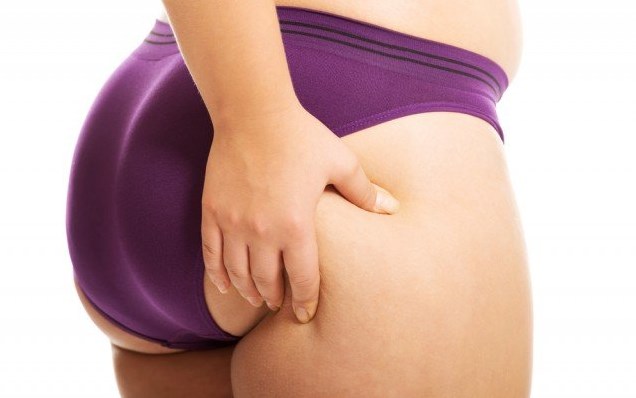Women With Bigger Butts Have Smarter Kids, According to Science
Before popular media and consumerism culture made us believe that skinny is the only kind of beautiful, women of all shapes and sizes were appreciated. In fact, the artifacts from multiple ancient civilizations, across the globe, always portray women who have a fairly good amount of body fat especially around their thighs and butts. The fact that they were considered beautiful enough to be molded and preserved for perpetuity, tells a lot about how people considered women’s body shape back then and now. Thunder thighs wouldn’t be an insult for an Aztec woman at all.

Well now it seems that the reason these people were so set on women who had ‘big butts’ as Sir Mix-a-lot would put it, is because these women were considered better mates for the purpose of evolution and the human species to flourish. And thankfully, modern science seems to have caught up, finally.
A research conducted by the University of Pittsburgh concluded that women who have heavier butts have comparatively more intelligent children than their skinnier counterparts. The reason being, that the fat supplies which are located in a woman’s thighs and butt, directly aids the development of the brain in the fetus. The more the fat, the more intelligent the baby.
This thigh and ass fat contains a very important chemical which is responsible for the development of the brain. This particular chemical is known as docosahexaenoic acid. More commonly known as DHA in layman’s terms, it is a frequently highlighted component of most baby formulas and child nutritional supplements. DHA is in fact a kind of Omega-3 fatty acid. This is especially crucial for the baby’s first 6 months. This is responsible for the baby’s nervous system as well as the eyes to develop properly. After birth, babies get this chemical from their mother’s breast milk.

The development of our neurological systems relies heavily on long-chain polyunsaturated fatty acids. Lower body fat is found to have positive effects on the formation of these fatty acids, whereas the upper body fats is said to do the opposite. Therefore the ratio between the upper body fat and lower body fat is very important for expectant mothers to know, so as to be able to predict the neurological development of the fetus. The waist-hip ratio is the closest thing to this ratio and is used quite frequently to determine the same. Thus the WHR can tell quite a lot about the possible cognitive brilliance or lack thereof of a new born/unborn child.
This is why lower body fat is more of an adaptive, evolutionary trait rather than simply being fat. This is why women of childbearing age find it harder to fight the superficial society’s version of ‘obesity’. Therefore women need to stop blaming themselves for being fat. It is in fact a miracle of evolution which allows them to support their babies better and advance their prenatal growth.
